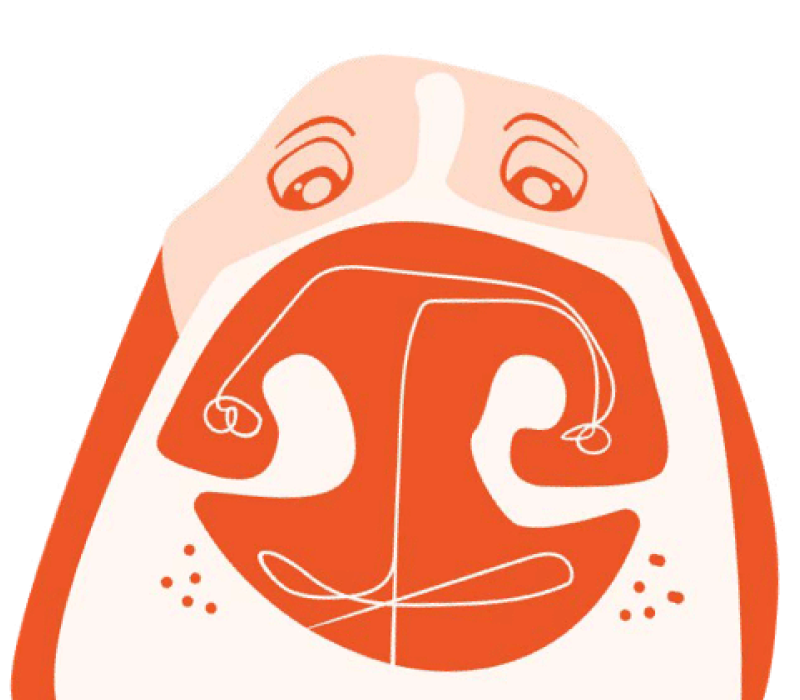Your cart is empty. Let's fix that!



A poorly-trained dog can be a safety hazard when you’re out for a stroll. Pulling, barking, lunging, wandering off: A dog who isn’t trained to walk nicely can cause big problems.
The data backs this up: In a 2009 study reported by The Washington Post, “The Centers for Disease Control and Prevention reported that an average of 86,629 Americans visit the emergency room each year after a fall caused by pets or their paraphernalia.”
Many of those falls happen during walks, when a person trips over a dog or gets pulled or pushed by one. Experts say obedience training is the best way to make sure your pooch doesn’t take you down during his morning walk.
Here are three tips for making sure you’re walking the dog, not the other way around:
Start before you walk.
Nail down some basic behaviors at home or in your yard--in other words, a distraction-free environment. Clip the leash on your dog and walk around, giving praise and treats when he sticks by your side. If he does a “check in” where he looks up and at your face? Shower him with praise and treats! Those check-ins become invaluable in distraction-heavy places like parks.
Now, take the show on the road.
First, check your equipment. Are the leash and collar in good shape? A dog who pulls will continue to try to pull for a while, so be sure your equipment can handle a sudden dash or lunge during these early training stages. Then, once you’re working like a pretty good team in your living room, hit the pavement. Keep doling out praise and treats when your dog trots on a loose leash, and be sure to make it rain treats and praise if he checks in with you.
Pause at first pull.
Long-time pullers will continue to try pulling for, well, a long time. Keep up with the at-home training and the walks around the block, but know that your dog will continue to pull because it’s what he’s always done… and it’s always worked! The key to curbing this behavior is the second he starts to tug at the leash, pause. Don’t take another step until there’s slack. Then, as soon as the leash slackens, step forward. Your dog will learn that he doesn’t get to go anywhere if he’s not walking nicely.
Pulling can take time to eliminate simply because your dog got to do what he wanted when he wanted, which is very rewarding. Consistently following the steps above will go a long way toward curbing the behavior, but remember: Dogs are wired to use their noses. They won’t enjoy their walks if they have to stay lock-step at all times. On occasion, let your pup choose the direction of your walk. Without pulling, he can follow his nose to his heart’s content, while you follow along!
Shop Collars & Leashes